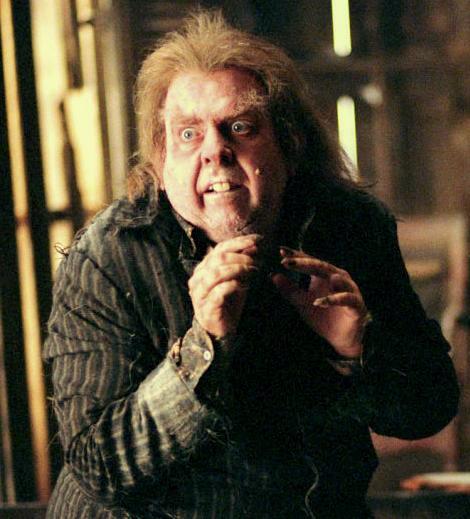Love is a powerful weapon, enough to conquer the world. But what happens when the love becomes toxic and turns to lust? Villains are born.
Gone are the days when writers developed stories with black and white characters. The once-upon-a-time fairy tale stories have given way to tales with complex, grey characters, where not everything is as simple as it looks. Villains are no more machines of hatred and loathe, instead, almost all the stories portray them as characters with a story- with a reason for their actions.
Almost all the stories we turn back to have lessons from villains as well as heroes. Severus Snape, the incredibly famous character from the Harry Potter series is the perfect example of the love-hate relationship the fans have with these characters: some of the fans absolutely loathe him, while the others love him and understand his intentions behind his actions. Is it because of purely selfish reasons that he takes to protecting Lily’s now orphaned son, Harry?
It is indeed to honour Lily’s memory that he realizes what Voldemort’s actions could result in and joins the Order of the Phoenix. His intentions to protect Harry despite loathing him, point towards the fact that he isn’t an emotionless man.
An example of a friend turned foe in the Harry Potter series is Peter Pettigrew, who is not all evil, but hungry for power, befriending James, Sirius and Remus in the first year of Hogwarts as they become the most famous of their clan, and then betraying James and Lily as secret keeper by revealing their location to Voldemort, again, in the lust for power. His lack of loyalty and greed cost him dearly as he is used, time and again, recklessly by Voldemort to fulfill his quests and never acknowledged as helpful or of great use to the Dark Lord.
Luke Castellan from ‘Percy Jackson and the Olympians’ is another gifted character lured by the power of evil, causing his death. Various instances: like the curse to his mother by Hades, lack of acknowledgement from Hermes, and the death of his friend, Thalia make him question the Gods, and he eventually turns to the Titan Lord, Kronos’ side, and allows him to possess his body. It is too late for redemption as he realizes his mistake near the end of his death.
Even when the intentions of the villain are not defined by love, which is true with the antagonists in most cases, there is sometimes a realization in the minds of the audience that it is the circumstances that have led to the ruthless character of the villain.
But have you ever wondered why the audience likes the bad guys in the first place, sometimes more than the protagonists themselves? Sigmund Freud, in his psychological study, has described ‘id’ as the impulsive state of mind where we aim to get what we want. Even though we have been taught by the societal norms to contain our impulse, and instead focus on our ego (source of self-control, needs) and superego (self-conscience), deep down, we somehow relate to the villains and sympathise with them.
They have the moral ambiguity in them that we can relate to- life is but a palette of many shades, and no one is completely good or bad. These characters are much more relatable than the protagonists, who, most of the times are unrealistically selfless and working for the greater good, also adding unpredictability; a black or white character is ridiculously predictable, eliminating the complexity and suspense in the story.
These characters are much more relatable than the protagonists, who, most of the times are unrealistically selfless and working for the greater good, also adding unpredictability; a black or white character is ridiculously predictable, eliminating the complexity and suspense in the story.
In many ways, villains teach us more than heroes: bad intentions are no match for a pure heart. Love and kindness are the two traits that can get you through, for when someone is mistreated; they may become unpredictable and revengeful, which is mostly the cause of mayhem.
So, a liking for villains isn’t that unusual: they lead us to morality and sincerity like heroes seldom can.
Also, Go Read Our Story Of The Times When The Good Replaced The Bad:



































